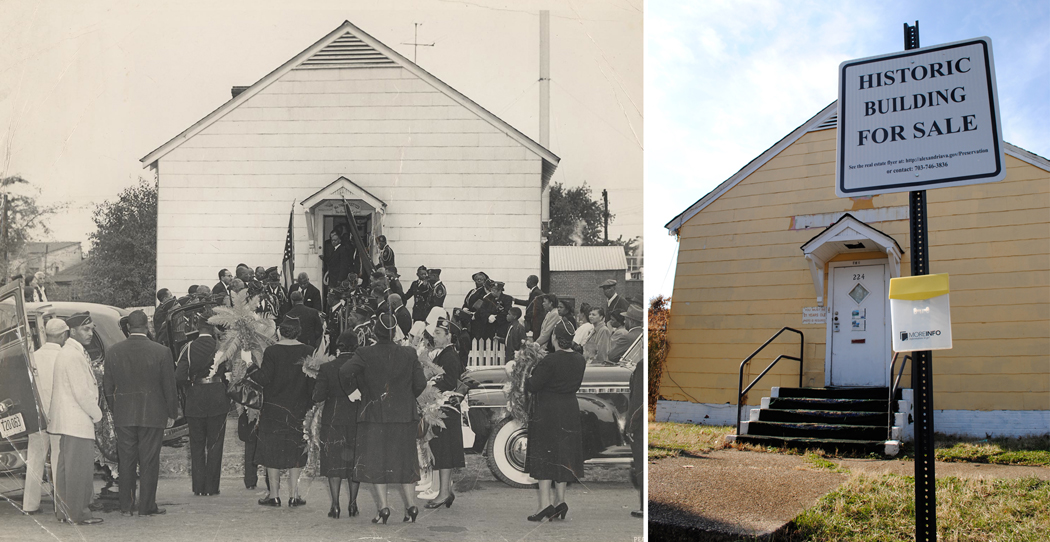
By Derrick Perkins
Though the former Carver Nursery School building is about to revert to William Cromley’s control, the developer is poised to give community activists another chance to preserve the Parker-Gray neighborhood property.
There’s just one catch: They need to come up with a viable plan to save the building, complete with financial backing.
“If they do present me with something real [by Monday], I will give them an extension, but that’s [several] days away and it hasn’t come yet. I’m not thinking that it will, but I certainly want to give them the opportunity,” Cromley said. “[It] has to have some financial commitment tied to that, something that is real that says that given an extra amount of time, the building will be sold.”
Cromley bought the property about five years ago and revealed plans to demolish the 1940s-era building in favor of condominiums shortly thereafter. While city council and the board of architectural review signed off on the plans, residents protested and waged a legal battle to save the schoolhouse-turned-American Legion post for black residents.
As a result, Cromley, the city and residents agreed to a two-year moratorium on redevelopment in the hopes that a group or person would swoop in and buy the property, with the intention of preserving the building. That has not happened, and when the agreement expires after Monday, Cromley will be free to move ahead with redevelopment.
As the deadline grew closer, residents like Boyd Walker turned to City Hall for help. But officials, who marketed the building during the past two years, have made it clear there’s little inclination or money to buy the property — valued at about $700,000.
That suits community activist Randy Stephens just fine. Never completely sold on the city taking possession of the property, Stephens hopes his fellow residents-turned-preservationists will band together to save the former nursery school.
“We’ve covered some ground, and I think that we have a tremendous opportunity to make this work,” he said. “One of the things we need for sure is as much publicity as possible. [Our] steering committee will be designed to reach out to different churches, Masons, sororities and fraternities.”
Stephens’ efforts have the support of one of the city’s celebrated civil rights leaders — Ferdinand Day, and his daughter, Gwendolyn Day-Fuller. Like Stephens, Day-Fuller remains hopeful the group can save what they consider a historic landmark.
Members of the historic black neighborhood consider it an important piece of their story. Day-Fuller, who attended the school, worries demolishing it will add to the steady loss of the Parker-Gray legacy.
“A lot of the old-time people have either died off or moved away,” she said. “Everything I look at is [evidence of] people of color being pushed out of the city. … Pretty soon we’re going to have a city devoid of any visuals that really show that there was a thriving black community here.”
Cromley remains skeptical they can pull it off in time, but Day-Fuller is committed to the cause. Even if the city isn’t interested in buying it, she hopes they will help keep up the property and assist preservationists looking for grants.
“I just know from my perspective, anything we can do is worth doing,” she said. “I’m determined to work my fingers to the bone so at least we can walk away saying we gave our best effort to it.”
Her passion for the property is part of the reason Cromley is entertaining the notion of giving activists more time to buy it. Talking with Stephens and Day persuaded him, Cromley said.
“The difference between my attitude when I bought it and now is people like Randy Stephens and Ferdinand Day,” he said. “That’s who should have led the battle in the first place; they’re the ones who have the memories, and quite frankly, the credibility to say the building is meaningful. Their stories affected me deeply.”










